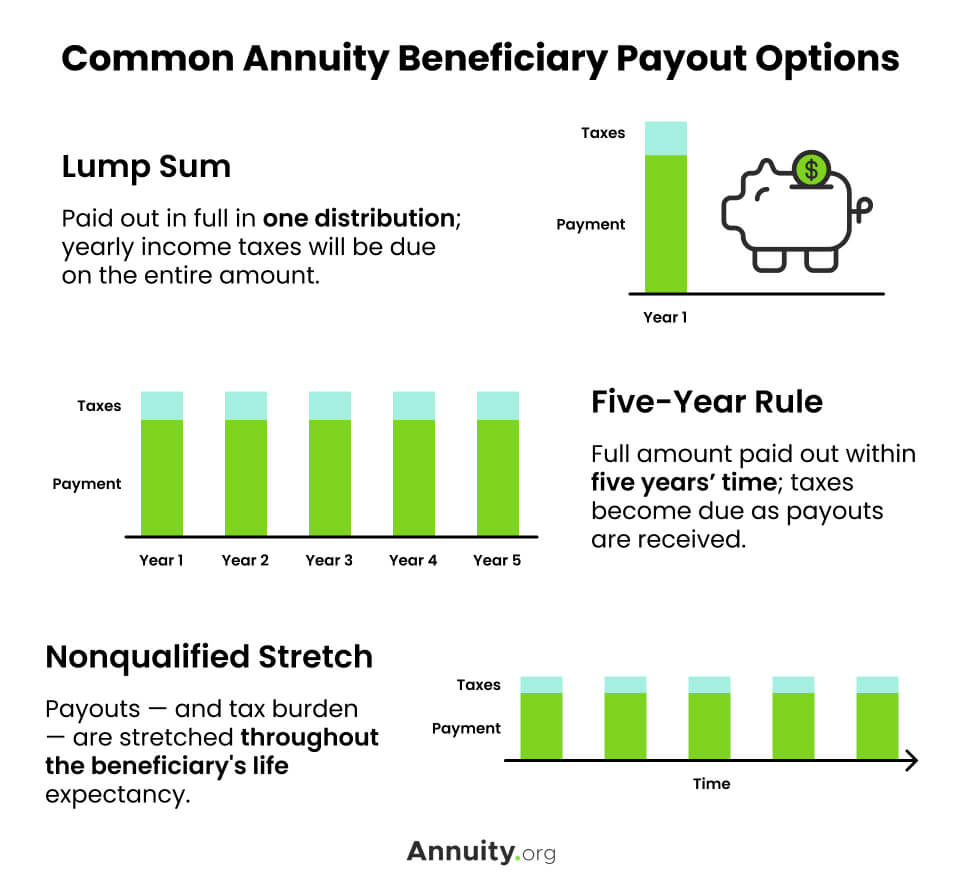

Glass: If DNA is our biological blueprint, ZNA (zipcode at birth) is the blueprint for behavioral&psycho-social makeup.
IF I WERE YOU LIFE AFTER DEATH ZIP CODE
While genetics and health care are critical, others have argued that “ZIP code, race, and class trump genetics and healthcare as predictors of health.”ĭr Francis Collins, NIH director, recently tweeted that our ZIP code at birth is our “ZNA, "the blueprint for our behavioral and psychosocial make-up,” critical determinants of health. The highest-longevity places tend to be in the Northeast and West and the lowest in the South. There are dramatic differences in life expectancy across the United States depending on where you are born. Individuals living in neighborhoods with limited healthy eating and physical activity resources have a higher risk of being diagnosed with type 2 diabetes.ĭr Risa Lavizzo-Mourey, president of the Robert Wood Johnson Foundation, has stated that: “We know that a child’s life expectancy is predicted more by his ZIP code than his genetic code.” For instance, income and educational attainment are at least as strongly associated with hypoglycemia in patients with diabetes as known clinical risk factors. In fact, many studies have documented that these three factors have a more powerful impact on health than do the individual biologic differences between people. Living in a neighborhood with access to healthy food within walking distance of your house can indirectly benefit your health. For instance, breathing in a poison from a factory can directly cause asthma or cancer. These factors can affect your health in direct and indirect ways. When we talk about physical environment, we’re talking about whether your neighborhood is designed to be walkable, has access to healthy foods or has heavy industry. The social environment includes things like crime rates and the affluence of your neighborhood. Social determinants of health include income, poverty and inequality. These are social determinants of health and community social and physical environments. We know that our genetics can shape our health, but so can three other important factors. Crowd via Biology Isn’t The Only Thing That Makes Us Different
IF I WERE YOU LIFE AFTER DEATH ZIP HOW TO
And if we were to start collecting them, health care providers wouldn’t know how to use them.ĭifferent. The first is that these data aren’t being collected. But two problems stand in our way before we can do this. Understanding more how our environment and social conditions shape our health could lead to better treatments and better preventive care.


Working with Dr Annemarie Hirsch, an epidemiologist in the EHI, we are seeking to discover how to translate these findings into the delivery of more precise clinical care. Where we live – the air we breathe, the water we drink, the environments around us – has a huge impact on our health and even on our DNA.Īs a professor of environmental health sciences, epidemiology and medicine and codirector of the Joint Geisinger-JHSPH Environmental Health Institute (EHI), I have been working with electronic health record data to link such environmental issues as animal feeding operations, agricultural practices, unconventional natural gas development and the built environment to such outcomes as drug-resistant infections, diabetes and asthma control, pregnancy outcomes and obesity. However, precision medicine can’t just look gene-deep. In January 2015, President Obama launched the Precision Medicine Initiative, a plan to support research into treatment and prevention strategies that take differences between people – especially genetics – into account.


 0 kommentar(er)
0 kommentar(er)
